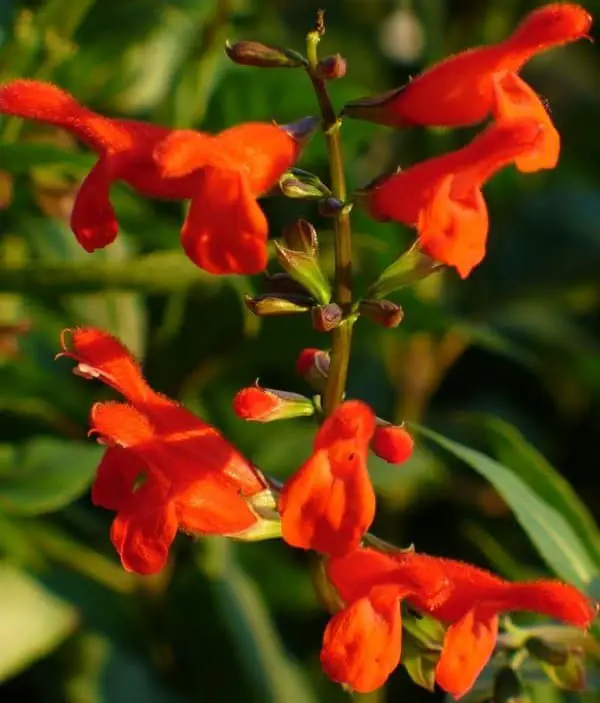How To Grow Amaryllis Bulbs: Keep This Flower Coming Back Year After Year
The festive charm of amaryllis bulbs has made them a staple in many homes around Christmas time. What’s lesser known is that with proper care, these bulbs can be coaxed into blooming for years to come. This is especially true for those who purchase them during the holiday season, as they’re often grown specifically for their vibrant red hue and large, trumpet-shaped blooms.
For indoor enthusiasts, amaryllis flowers are a cinch to grow.
Most nurseries and department stores carry these pre-packaged bulbs, complete with pots and planting medium. Simply place the bulb in its new home, water sparingly, and let nature do the rest. The resulting blooms will be nothing short of spectacular, boasting eight weeks of vibrant color after just eight weeks of growth. And at heights of up to 2 feet, multiple flowers will burst forth from each stalk, a true marvel of horticulture.
The variety of amaryllis colors is equally impressive, ranging from classic red and pink to creamy whites, bright yellows, and even striking combinations of these hues. With proper care, this festive favorite can be enjoyed for years to come.
Planting and Growing Amaryllis Bulbs
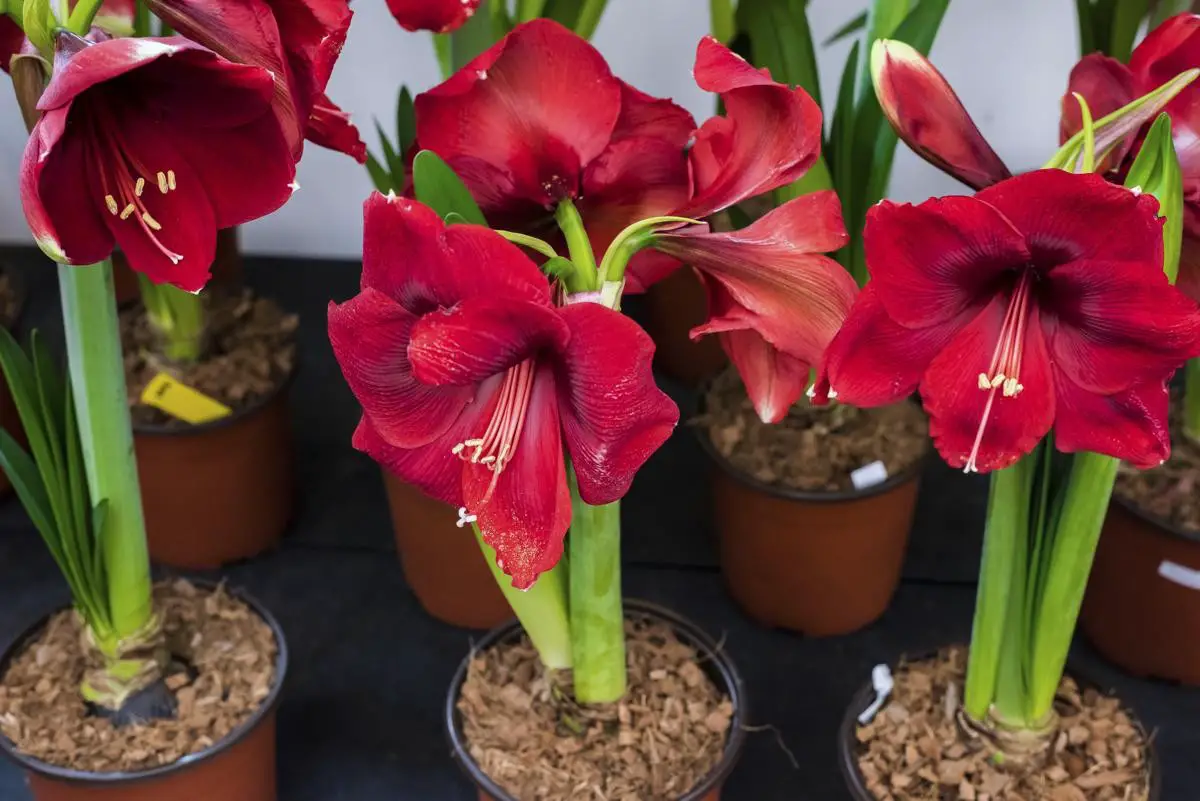
When planting an Amaryllis bulb, follow the instructions provided with your purchase or take note of these general guidelines. For a bulb-only planting, select a pot that is both heavier and slightly larger than the bulb itself, leaving about 2 inches around the sides for proper growth. Due to the plant’s tall stature, it’s crucial either to use an extremely heavy pot that won’t topple over or add weights like stones to the bottom of the container before adding soil.
Gravel at the base also provides excellent drainage, which Amaryllis bulbs require. Fill the pot with soil up to 75% of its capacity, placing the bulb (root side down) and securing it with a layer of soil up to the top of the pot. Next to the bulb, insert a bamboo stake for future support when the stalk grows taller. Simply tie the stalk to the stake using knee-high stockings or plant ties as needed.
Watering is essential; keep the soil consistently moist but not waterlogged, and you can expect blooms within 7-8 weeks. Amaryllis bulbs thrive in direct sunlight and warm temperatures, so position them near a sunny window. Periodically turn the pot to prevent the stalk from growing lopsided. If you plan on keeping the bulb for another year, consider providing a light dose of half-strength water-soluble fertilizer after blooming begins.
Fertilize every 2-3 weeks if desired; however, if you don’t intend to keep the bulb long-term, this step is unnecessary.
Steps to Initiate Blooms Next Year

Unlike the common perception, Amaryllis bulbs can bloom for years if properly cared for. To encourage successive blooming, treat them similarly to tulip bulbs by allowing the plant to store energy in the bulb for the next season. Following the initial bloom, cut the flower stalk back to 2 inches above the bulb, but permit the foliage to continue growing as long as possible. Overwintering the plant is crucial; move it outside to a sunny location during the summer when the weather warms up.
Throughout the winter months, keep the soil consistently moist and discontinue fertilization once the foliage begins to yellow and die back in August. Remove any remaining yellow leaves to signal the bulb’s dormancy, typically occurring around September or October. Next, relocate the plant to a dry area with temperatures between 40°F to 50°F, turning the pot on its side and withholding water.
Approximately six to eight weeks prior to the desired bloom time, set the pot upright and resume watering. This will stimulate the Amaryllis to produce a new flower stalk. As the plant readjusts, move it back to a warm, sunny location and maintain regular watering. New leaves and flowers should emerge soon after. When the blooms fade and the leaves turn yellow and dry, cut the stalk and foliage back to just above the bulb.
After one to two years, the bulb will naturally expand, requiring a larger pot. A bonus of this process is that the stalks and flowers will also grow in size.
Types and Varieties of Amaryllis

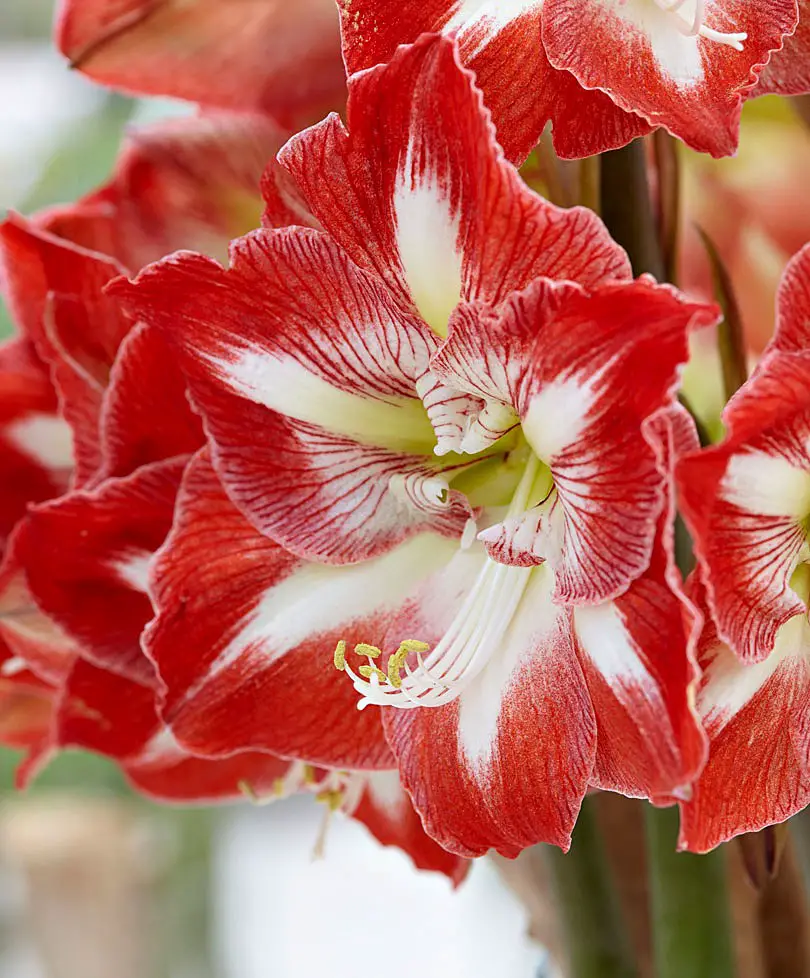



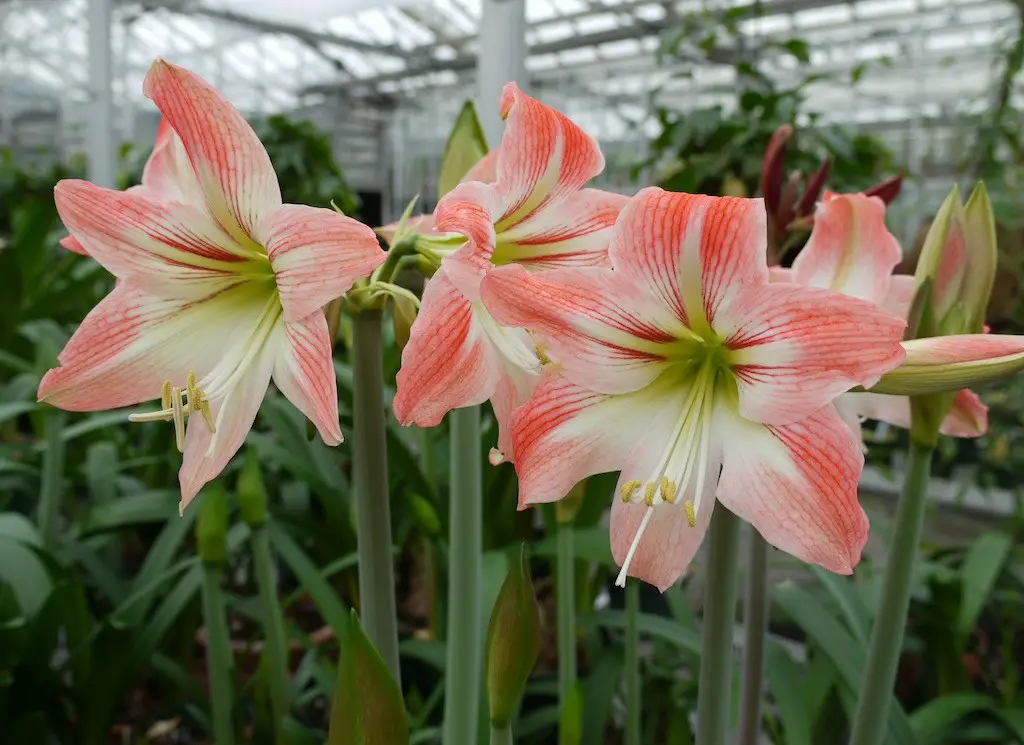
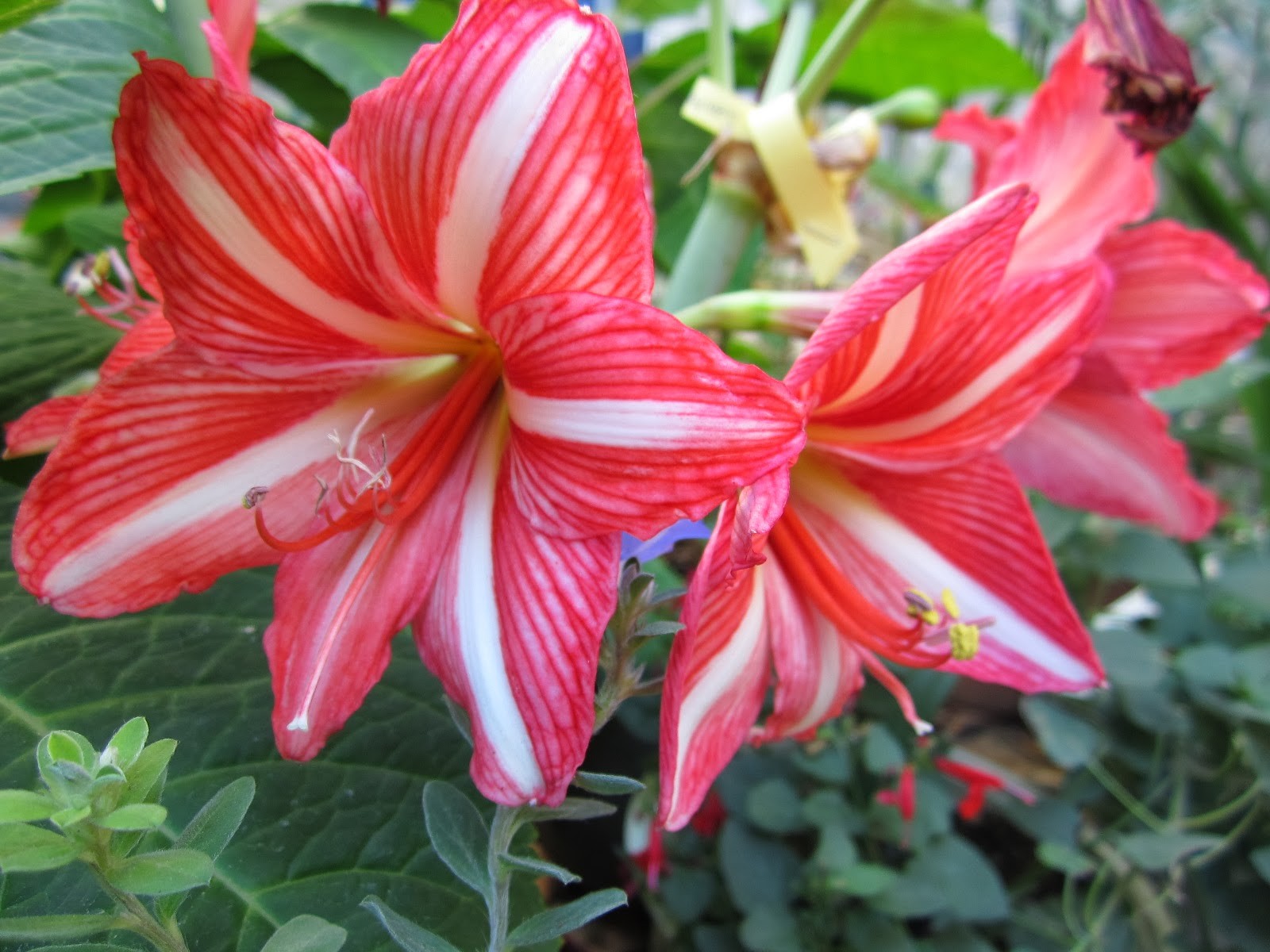


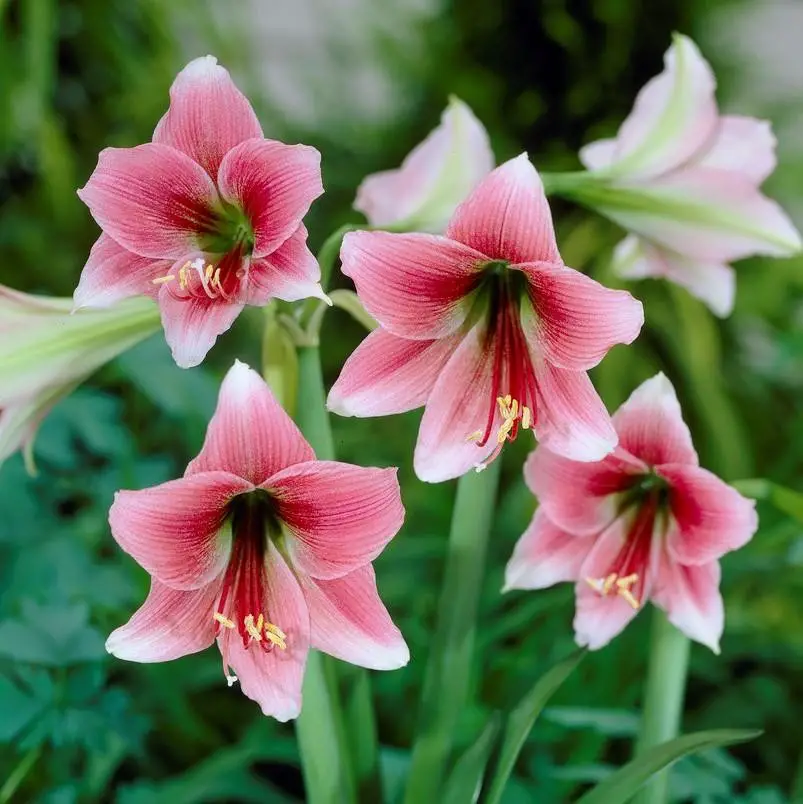
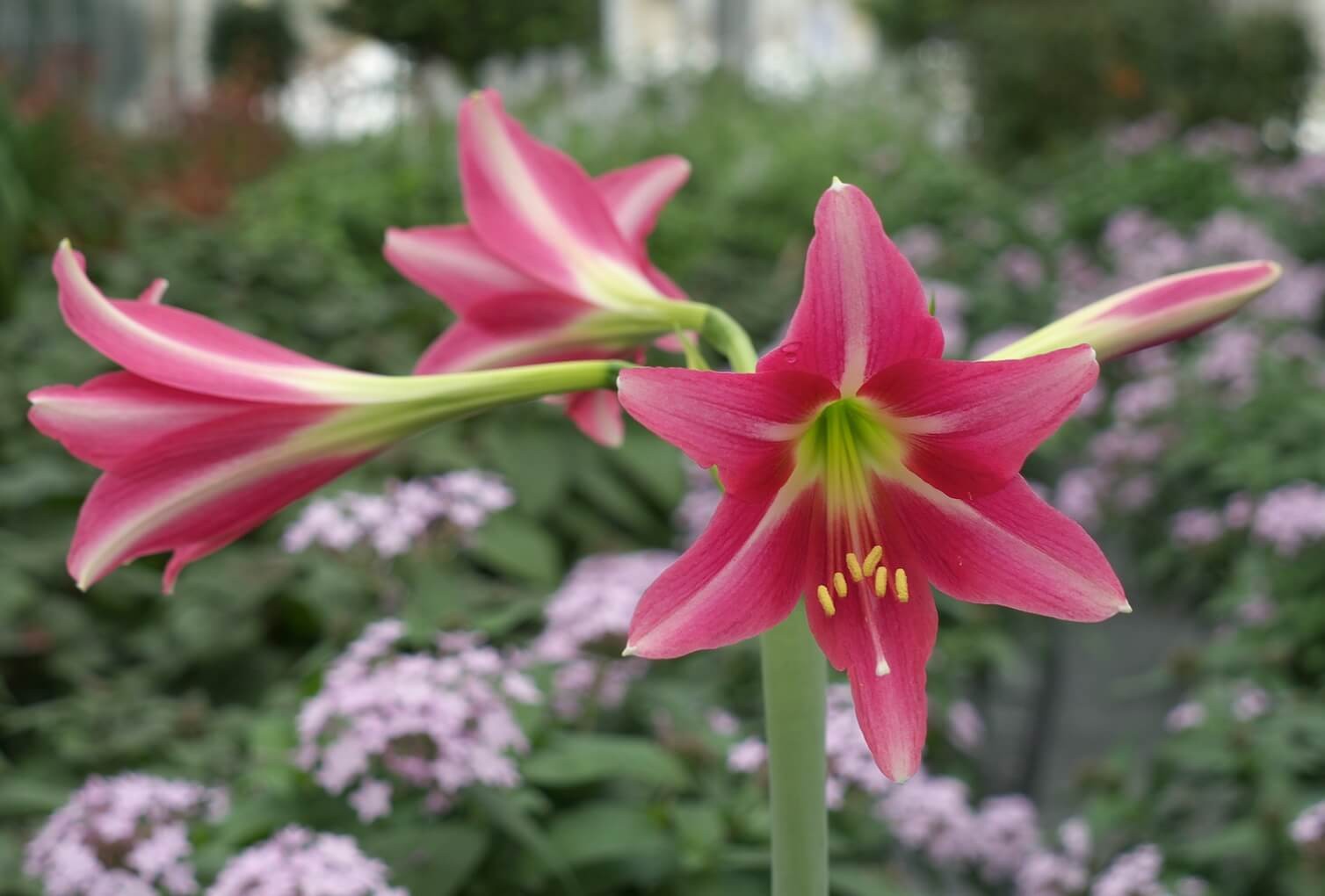
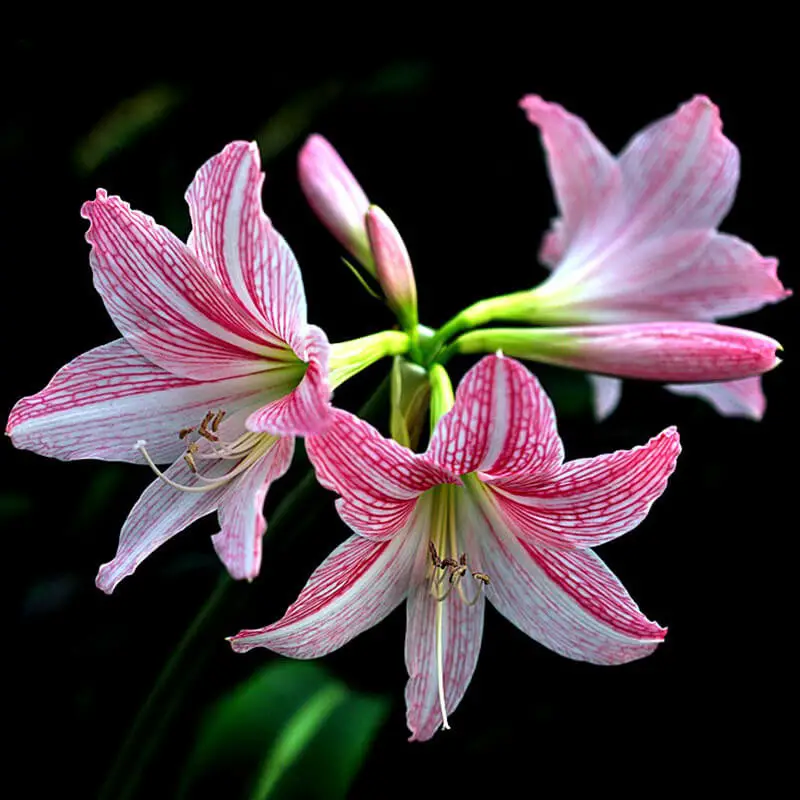

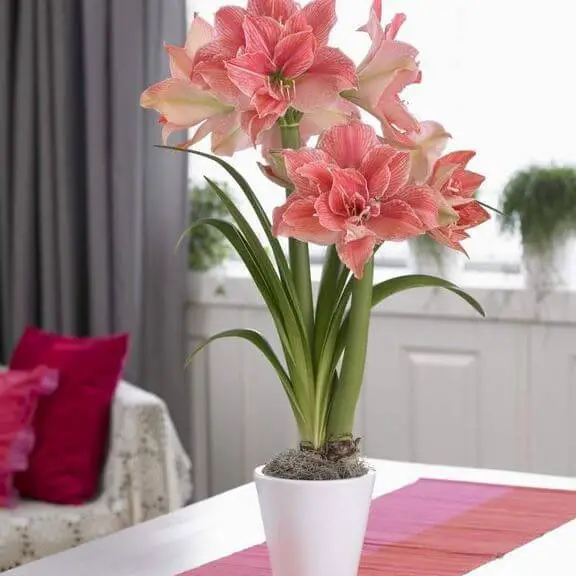
The Amaryllis family boasts an impressive array of flower varieties. Among the large-flowered types are Apple Blossom (featuring white trumpet blooms with rose, pink, and lime-colored throats), Minerva (characterized by red blooms with white stripes that form a star pattern), Mont Blanc (displaying huge, pure-white flowers), Red Lion (showcasing wide-petaled flowers up to 10 inches wide), and Picotee (adorned with white flowers edged in red and featuring green throats).
In addition, there are miniature varieties like Amoretta (exhibiting deep pink hues fading to white with lime-green throats), Santos Amaryllis (featuring red petals striped with white), and White Baby (showcasing pure white blooms with green throats).
Trumpet varieties include Amputo (boasting pure white flowers with lime-green throats), Misty (displaying pink flowers with red throats and each petal tipped with white), and Pink Floyd (featuring raspberry-colored petals with white veining and green throats).
Finally, Double varieties boast extra petals, including Elvas (adorned with white petals having edges and centers in red), White Peacock (displaying white petals in layers of descending size), and Double Pink (showcasing deep pink blossoms). Even if your amaryllis only blooms once, it’s sure to be a show-stopping addition to any room as a table decoration or window centerpiece during the cold winter months.






